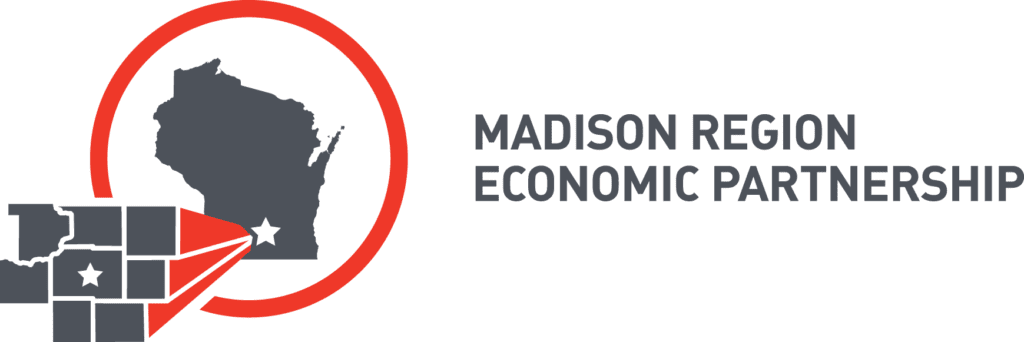Nine local food projects have been selected to receive grants through the Buy Local, Buy Wisconsin (BLBW) program, a competitive grant program designed to strengthen Wisconsin’s food industries by helping farms and businesses more efficiently process, market and distribute locally grown food products.
Administered by the Wisconsin Department of Agriculture, Trade and Consumer Protection (DATCP), the 2020 BLBW grants will provide consumers access to even more Wisconsin-grown food products, including organic vegetables, hops varieties, hazelnut products, and locally grown grain, and other value-added products.
“DATCP is pleased to provide support for these innovative local food projects,” said Kara Kasten-Olson, agriculture program supervisor for DATCP’s Division of Agricultural Development (DAD). “The grants are intended to support the diverse sectors of Wisconsin agriculture, and outcomes generated by the grant recipients provide benefits to local communities and serve as models for others in the local food industry.”
DATCP received 33 funding requests totaling about $1.16 million. Ultimately, nine projects totaling $300,000 were selected to receive FY2020 grants.
The 2020 grantees are:
- Hulings Rice Food Center (Ashland) – Develop three value-added hazelnut products (spreadable nut butter, milk beverage, vegan cookie dough), and develop manufacturing protocols, branding and packaging recommendations, product reports and marketing plans with Northland College students.|
- Cattail Organics. LLC (Athens) – Scale up organic product line using an integrated approach of branding and integration of marketing outlets/materials; and creation of best practices in food safety and efficient packing. Project provides a roadmap for market development for small-acreage vegetable farms.
- Menomonie Market Food Coop (Menomonie) – Grant funds will facilitate purchase of equipment, and increase capacity to process, preserve and store food, allowing the co-op to purchase unsold produce and consigned crops grown by local producers and expand its offering of deli and frozen grocery items.
- Meadowlark Community Mill (Ridgeway) – Purchase grain from area farmers and create organic stone ground flour and other value-added products for bread, pastry and other culinary applications to sell regionally to bakers, chefs, retail outlets and consumers.
- Keene Garlic, LLC (Sun Prairie) – Increase Wisconsin garlic sales by creating a value-added garlic food line from garlic “seconds” to provide convenience processed garlic products, and implement strategic marketing plan.
- Central Rivers Farmshed (Stevens Point) – Central Rivers, three Community Supported Agriculture farms and the University of Wisconsin Food Finance Institute will test new strategies and develop an expanded business plan for frozen assets that benchmark financial targets and opportunities for food processing partners and investors.
- Stevens Point Area Cooperative (Stevens Point) – Project will allow the co-op to lease space in an off-site warehouse, thereby increasing access to Wisconsin food products location and scale up a distribution network for small business & retailers.
- Salchert Market, Inc. (St. Cloud) – Funds will be used to establish an effective brand and brand strategy and an operational food safety program, developing a sales model to be shared with other meat processors or meat markets.
- Wisconsin Hop Exchange Cooperative (Waterloo) – Project involves launching a major new marketing initiative to increase sales of sustainably-grown, Wisconsin-branded, quality-certified hop varieties.
Since its inception in 2008, the Buy Local, Buy Wisconsin program has funded 76 projects, totaling $1.925 million. Previous grant recipients have generated more than $10 million in new local food sales, created and retained more than 220 jobs, and benefitted more than 2,800 producers and nearly 3,000 markets.
Due to the significant impact and growing interest in the program, Governor Evers’ biennial budget provided an additional $100,000 per year for the program, increasing total available grant funds to $300,000. Learn more about the program here.



